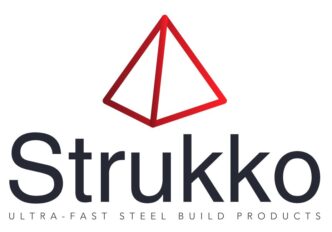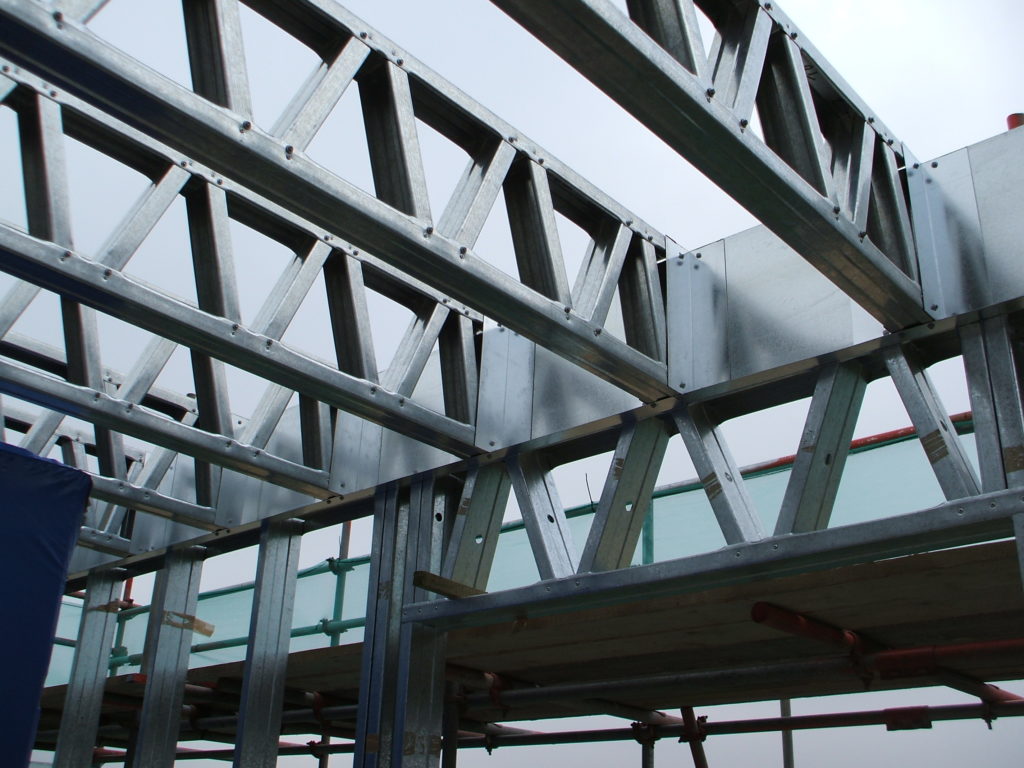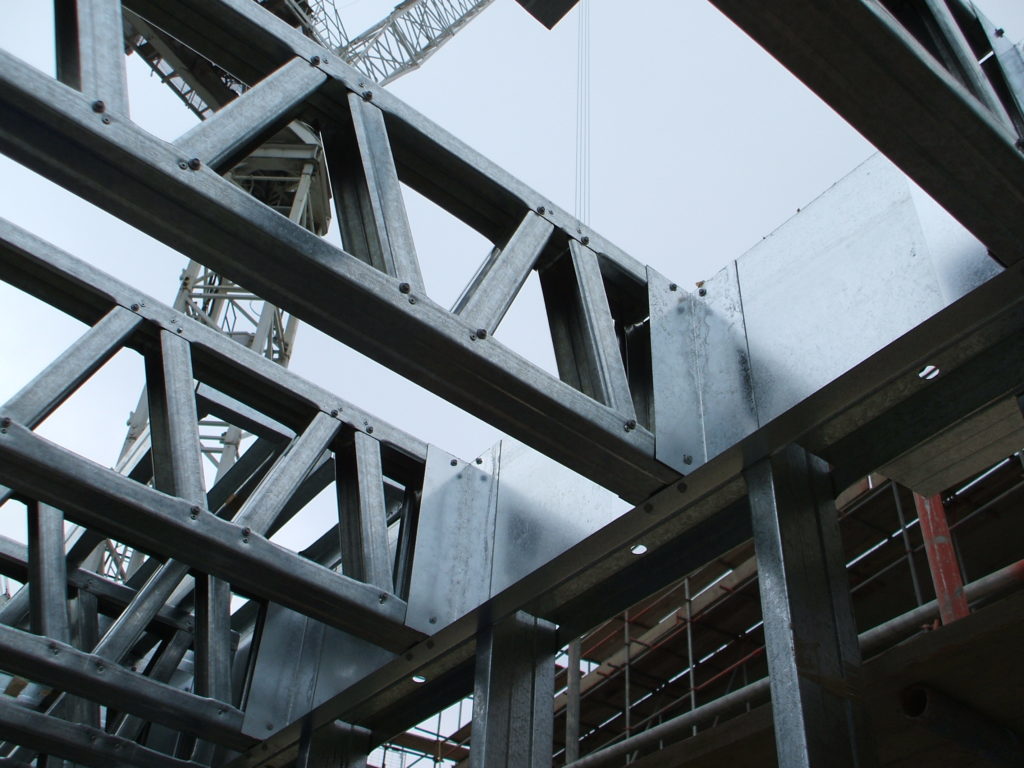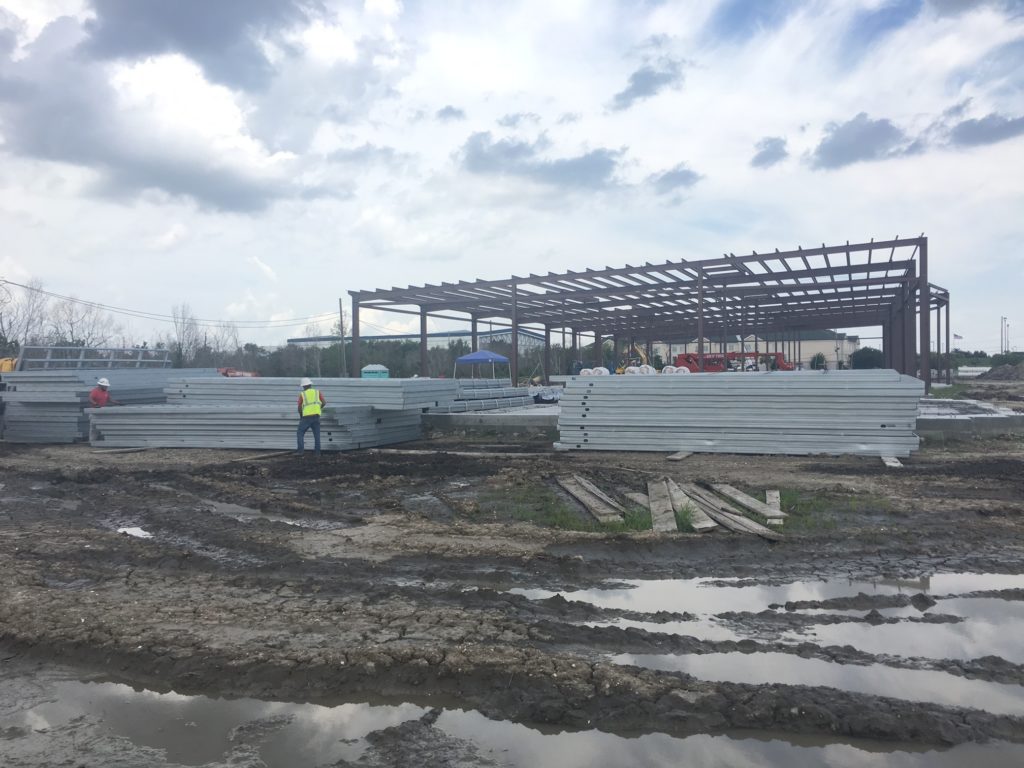Surely timber is the best type of building material for a frame?
For centuries, wood has been the primary material for house construction, largely due to the excellent quality of old growth trees. However, the dwindling supply of these trees and growing environmental concerns have led to a decline in wood quality.
The need for a new, reliable building material is evident. Light gauge steel framing, despite persistent myths, has emerged as the most practical and effective alternative for residential and light commercial construction.
What should I consider in comparing light gauge steel frames to Timber frames for buildings?
Termite Damage
Termites are notorious for their ability to devastate the wooden structures of a home within just three months of construction.
In some countries for instance, termites cause more damage to homes than fires, floods, and storms combined.
Severe termite damage to buildings is a common issue, and complicating matters further, many Home or Building Insurance Policies do not cover the costs of repairs for termite-induced timber damage.
Toxic Mould
Mould in homes can lead to both health issues and structural damage. Stachybotrys chartarum, a common toxic mould, thrives on damp materials, but does not grow on steel, nor does steel encourage mould growth.
Exposure to mould can result in severe lung problems, particularly in infants and the elderly.
Unlike wood, steel does not retain moisture. Even kiln-dried wood still contains residual moisture, which can foster mould growth.
Fire Resistance
Steel framing offers superior fire resistance as it is non-combustible and does not contribute to the spread of fire. Steel does not ignite and can withstand higher temperatures compared to wood.
The real steel argument…
Durability and Strength
- High Strength-to-Weight Ratio: Steel offers a high strength-to-weight ratio, making it incredibly strong without adding much weight to the structure.
- Consistency: Steel provides uniformity in quality, ensuring consistent performance and reliability in structural applications.
Pest and Rot Resistance
- Termite Resistance: Unlike timber, steel is immune to termite damage, preventing the costly and extensive repairs often associated with termite infestations.
- Rot Resistance: Steel does not rot or warp, maintaining its structural integrity over time, whereas timber can decay and lose strength when exposed to moisture and pests.
Environmental Impact
- Sustainability: Steel is highly recyclable, with a significant portion of new steel made from recycled materials. This reduces the environmental impact compared to the use of timber, which relies on the harvesting of trees.
- Resource Preservation: Using steel helps conserve forests and reduces deforestation, supporting environmental sustainability.
Fire Resistance
- Non-Combustibility: Steel is non-combustible and does not contribute to the spread of fire, providing a safer option for construction. Timber, on the other hand, is highly flammable and can fuel a fire, increasing the risk of extensive fire damage.
Moisture and Mold Resistance
- No Moisture Retention: Steel does not absorb moisture, eliminating the risk of mold growth that is often associated with timber, which can retain moisture even after being kiln-dried.
- Health and Safety: By not promoting mold growth, steel frames contribute to healthier living environments, reducing the risk of respiratory issues and other health problems linked to mold exposure.
Longevity and Maintenance
- Low Maintenance: Steel structures require minimal maintenance compared to timber, which can need frequent treatments to protect against pests, moisture, and decay.
- Long Lifespan: The durability and resistance of steel to various environmental factors contribute to a longer lifespan for steel-framed structures, reducing the need for repairs and replacements.
Precision and Flexibility
- Precision Engineering: Steel can be manufactured with precise specifications, allowing for accurate and efficient construction. This precision is harder to achieve with timber due to natural variations in wood.
- Design Flexibility: Steel’s strength and flexibility allow for more innovative and complex architectural designs, providing greater freedom in construction compared to timber.
Overall, steel offers numerous advantages over timber for structural frames, including superior strength, durability, fire resistance, pest resistance, environmental benefits, and long-term cost savings.



